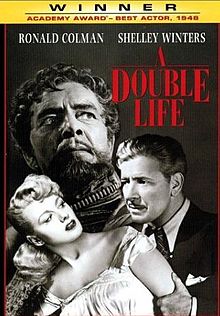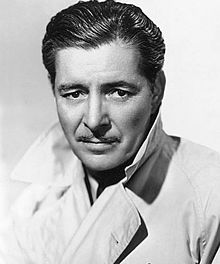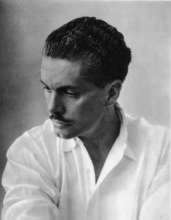This website uses cookies
This website uses cookies to enable it to function properly and to analyse how the website is used. Please click 'Close' to accept and continue using the website.






In the latest book in our Monograph series, Elizabeth Darling looks at Wells Coates (1895-1958)–my copy’s just arrived. She does a great job, not just of telling his (really rather glamorous) life story, but of putting his work and his championing of Modernism in context, and of analysing his significance.
Coates’ most famous buildings are The Lawn Road Flats and Embassy Court, Brighton, both of which I’m pleased to say have been successfully restored, and we’ve visited on C20 trips.
I like the fact that Elizabeth Darling recounts that Patrick Gwynne (then working for Coates, and subsequently the architect of the National Trust’s Homewood in Esher) remembered how uncomfortable Coates’ visitors were when asked to squat on cushions on the floor around his ‘Japanese-style’ hearth in his super-fashionable bedsit (c.1935) –but they were too polite, or overawed to say.
Coates is always described as having ” film star good looks” and there are great brooding mustachioed portrait of him, but I didn’t know before exactly who he was thought to resemble. Apparently it was Ronald Coleman, a British silent movie star who successfully made the transition to talkies, and went on to win an Oscar for A Double Life, a 1947 film noir which tells the story of an actor who gets so absorbed by playing Othello that he looses his grip on reality. It is a pretty convincing likeness, and there is something about being so into the part that seems to fit with how Coates presented himself.

Become a C20 member today and help save our modern design heritage.
Comments